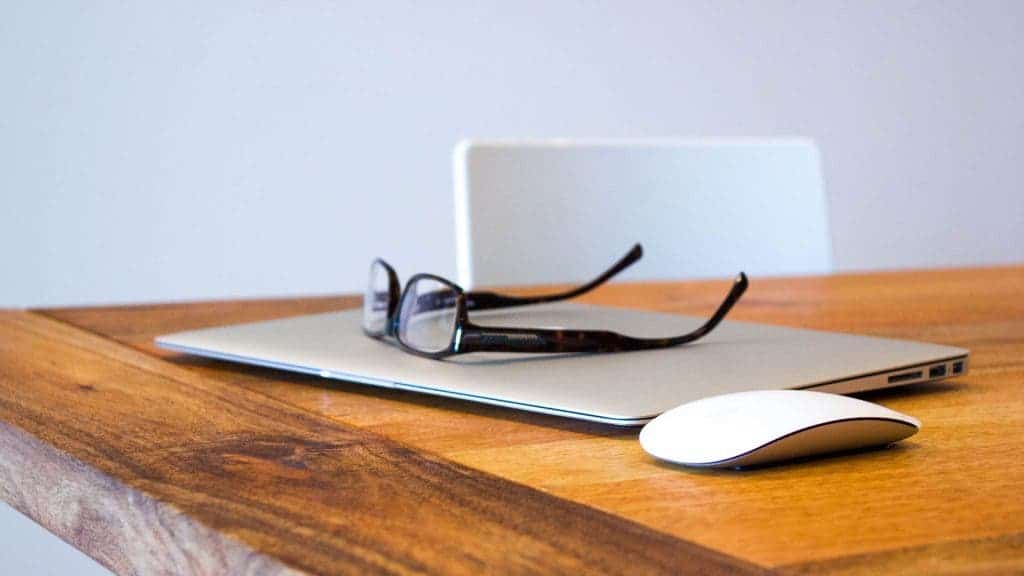Most people agree that taking some time off to unwind and recharge is a healthy and necessary ingredient in a efficient workday. So we tend to take one or more breaks, often putting a hold on work at mid-day for a snack and chat. But are there any guides to make the most out downtime?
Two researchers at Baylor University looked into how breaks during the workday improve employee health and efficiency, and found that yes – there are a few constants that seem to make a break great. Their findings offer some surprising suggestions on when, where and how to plan the best moments of relaxation, while also debunking some common break-time myths.

Emily Hunter, Ph.D., and Cindy Wu, Ph.D., associate professors of management in Baylor University’s Hankamer School of Business, surveyed 95 employees aged 22 to 67, over a five-day workweek, asking them to note on each brake they took during the study. These were defined as “any period of time, formal or informal, during the workday in which work-relevant tasks are not required or expected, including but not limited to a break for lunch, coffee, personal email or socializing with coworkers, not including bathroom breaks.”
By the end of the week, Hunter and Wu analyzed a total of 959 break surveys, for an average of 2 per person per day. Their findings were quite unexpected.
“We took some of our layperson hypotheses about what we believed were helpful in a break and tested those empirically in the best way possible,” Hunter said. “This is a strong study design with strong analyses to test those hypotheses. What we found was that a better workday break was not composed of many of the things we believed. “
The results, they say, will benefit both managers and employees, as better breaks directly translate into higher levels of productivity and quality of life for those doing the work — everyone wins!
Key findings of the study include:
1. The best time for time off is in the mid-morning
The research shows that rather than the more typical timetable of powering through hard tasks in the morning and unwinding with a lunch-hour or mid-afternoon break, taking some time to recharge earlier leads to higher levels of energy, concentration and motivation throughout the day.
“We found that when more hours had elapsed since the beginning of the work shift, fewer resources and more symptoms of poor health were reported after a break,” the study says. “Therefore, breaks later in the day seem to be less effective.”
2. Engage in activities that make you feel good, even if they are work-related.
“Doing things that are non-work-related makes for the best breaks” is a commonly held belief among workers today, Hunter explained. But the study found no evidence to prove that such activities were more beneficial than just doing what you like. Simply put, preferred break activities are things you choose to do and things you like to do, including work-related tasks.
“Finding something on your break that you prefer to do – something that’s not given to you or assigned to you – are the kinds of activities that are going to make your breaks much more restful, provide better recovery and help you come back to work stronger,” Hunter said.
3. Better breaks mean better health and increased job satisfaction.
The employee surveys showed that recovery of resources – energy, concentration and motivation – following a “better break” (earlier in the day, doing things they preferred) led workers to experience less somatic symptoms, including headache, eyestrain and lower back pain after the break.
These employees also reported increased job satisfaction and organizational citizenship behavior as well as a decrease in emotional exhaustion (burnout), the study shows.
4. Longer breaks are good, but frequent short breaks are the best.
While the study was unable to determine a exact length of time for the best workday break, the research found that more short breaks were associated with higher resources, suggesting that employees should be encouraged to take more frequent short breaks to facilitate recovery.
“Unlike your cellphone, which popular wisdom tells us should be depleted to zero percent before you charge it fully to 100 percent, people instead need to charge more frequently throughout the day,” Hunter said.


